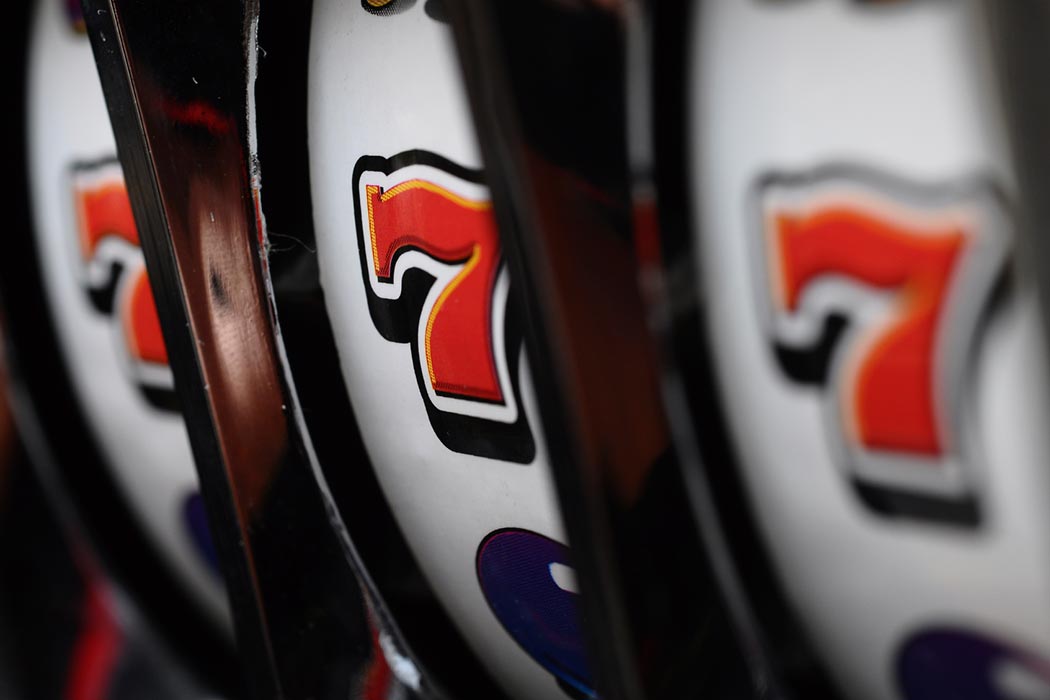On Election Day, voters in several states considered expanding legal gambling, with mixed results. Rhode Island and Colorado rejected plans to let their existing casino industries expand, while Massachusetts allowed the first casinos in the state to continue moving forward. California stopped the expansion of Native American casinos, good news for the tribes that already run gambling businesses in the state. Meanwhile, Kansas, South Carolina, and Tennessee took the rather mild step of allowing nonprofits to hold raffles or lotteries.
But is expanding the role of legal gambling wise? In a 2005 paper in the National Tax Journal, Brookings Institution researcher Melissa Schettini Kearney explored the question of who has benefited and who has been hurt as lotteries and casinos have grown.
For most of U.S. history, gambling was a black- or grey-market affair. State lotteries started in 1964 and spread to most states in the 1970s and 1980s. Casinos were confined to Nevada until 1978, but by 2003 the country had 356 Native American casinos and 291 other commercial casinos, with one or both operating in the majority of states.
Supporters of casinos cite their ability to stimulate the local economy, while opponents often argue that they increase substance abuse and crime. One study found that counties where a tribe-owned casino opened saw a 5 percent increase in jobs per adult. Mortality rates in these locations dropped 2 percent compared with comparable counties without casinos, suggesting that positive effects on well-being outweighed negative health consequences. However, bankruptcy rates, violent crime, auto thefts and larceny all increased 10 percent in places with casinos.
When it comes to the specific benefits often attributed to tribal casinos—the value to the tribes themselves—it seems clear gambling brings advantages. Tribes with casinos tend to see their populations and employment levels rise while the fraction of members who are working and poor decline.
State lotteries have their own set of winners and losers. Obviously, one winner is the state governments, which receive 30 percent of money spent on tickets. (Fifty percent goes to the prizes, and the rest covers administrative costs.) It’s not a huge source of state funds, though, contributing an average of less than 1 percent of general revenues.
Losers from state lotteries are, well, the people who play and lose—AKA, most people who buy tickets. Lotteries are essentially a voluntary but regressive tax, paid more by the poor than the well-off. In particular, low-income people are particularly likely to buy instant tickets, while people in higher-income categories more often play jackpot lotto games. When lotteries are introduced in a state, households in the lowest third in terms of income reduce their non-gambling spending by an average of 2.5 percent. Since that average includes people who don’t play at all, the change in habits for some households seems to be pretty significant.
It’s also worth noting that casinos and lotteries can’t be considered separately. One study finds that a $1 increase in revenues for a commercial casino reduces net lottery revenues by 56 cents.







